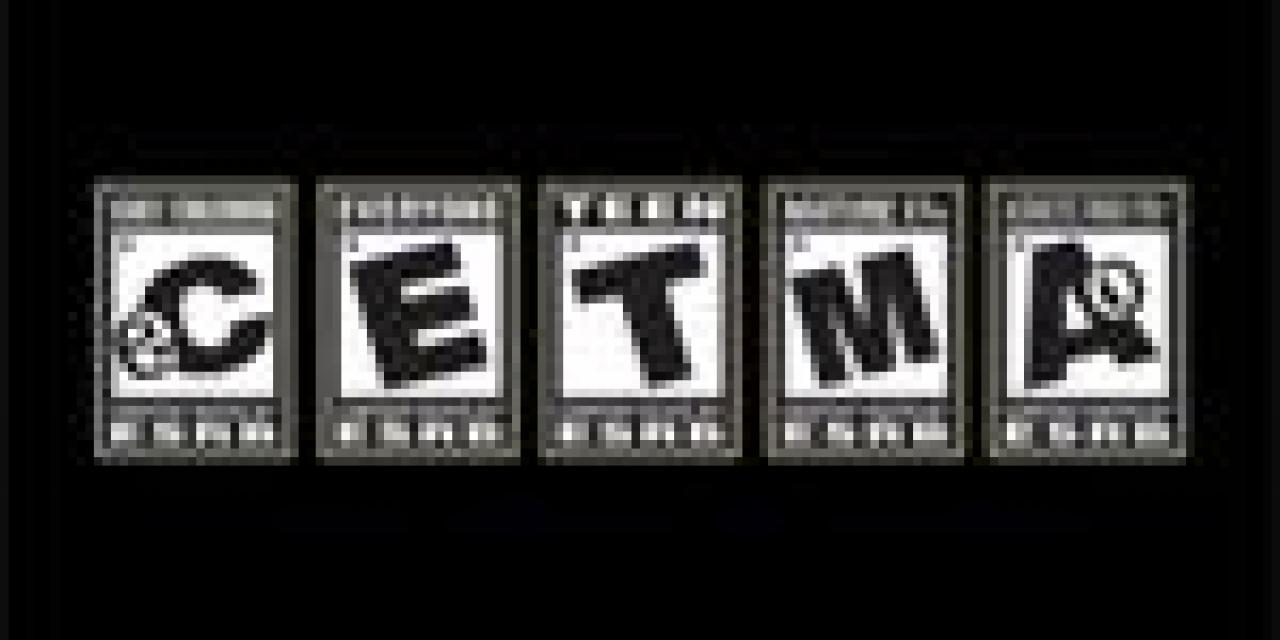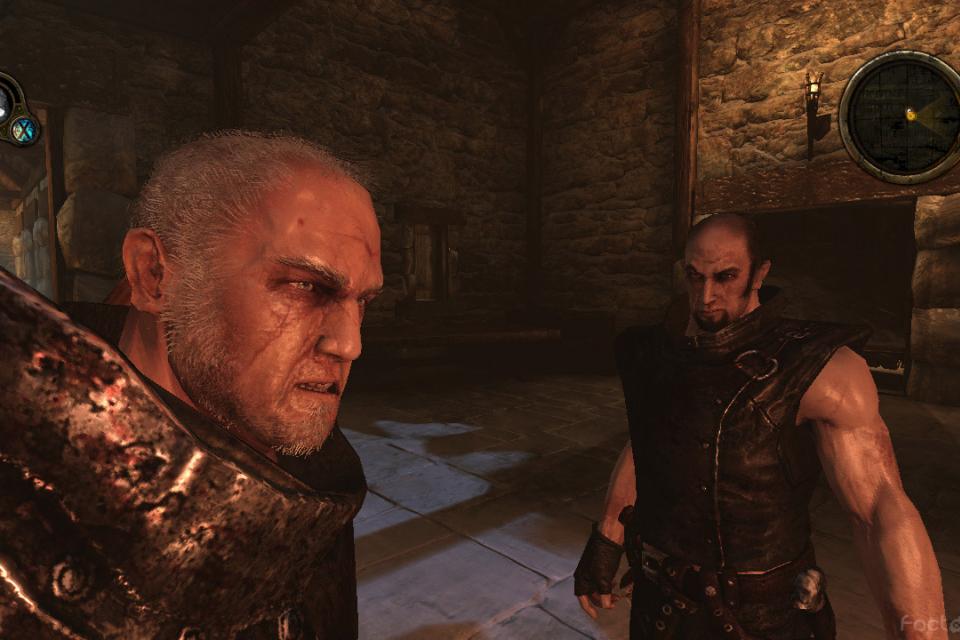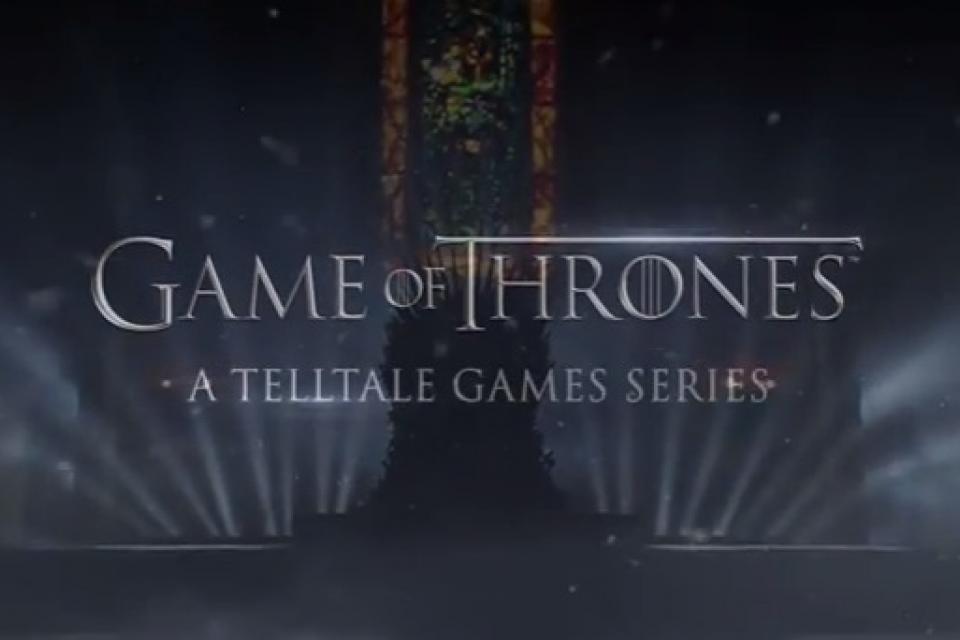
Apparently the ESRB is so worried about struggling computer game sales and the growing concerns about their effects on young gamers that it comissioned a study in order to convince parents that video game content is thoroughly checked and correctly labeled.
Although the study's results are questionable because of the small sample size, it still does provide adequate proof that parents agree with ESRB ratings. The real question behind this research however, is how exactly the ESRB expects parents to find out about it since the news is distributed in a very limited way.
An independent study released today found that parents overwhelmingly approve of the ratings assigned to computer and video games. The study, conducted by Peter D. Hart Research Associates, was commissioned by the Entertainment Software Rating Board (ESRB).
Parents find computer and video game ratings to be highly accurate, wrote Hart Research in a memorandum summarizing the results. The tastes and values of ESRB raters consistently and reliably match those of American parents.
The study showed 400 randomly selected parents footage from popular computer and video games. Respondents were then asked if they considered the actual ESRB rating about right, too strict, or too lenient. Interviews were conducted at ten shopping malls in different regions of the United States in order to ensure geographic diversity.
An overwhelming majority of the time (84 per cent), parents agreed with the ESRB ratings or thought the ratings were too strict. Parents described the actual ratings as about right in 77 per cent of all instances and too strict seven percent of the time. These results are consistent with previous studies measuring parental agreement with ESRB ratings.
This study confirms that parents find ESRB ratings accurate and trustworthy, said Patricia E. Vance, president of the Entertainment Software Rating Board. Parents can shop with confidence, knowing that ESRB ratings provide the information they need to make informed purchasing decisions.
ESRB ratings have two parts: rating symbols, which provide general age-appropriateness recommendations, and content descriptors, which are short phrases that tell consumers about specific content elements that may be of interest or concern. Content descriptors also help explain why a game received a particular rating.
Parents should check the rating every time they shop for computer and video games, Vance added. It's especially important to turn the game box over and read the content descriptors. Rating symbols are a terrific at-a-glance resource, but content descriptors add the kind of specific content information that helps parents make fully informed purchasing decisions.
ESRB rating symbols include EC (Early Childhood), E (Everyone), T (Teen), M (Mature), and AO (Adults Only). ESRB currently uses more than thirty standardized content descriptors, including edutainment, cartoon violence, and strong language.








